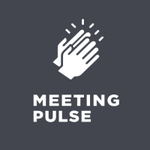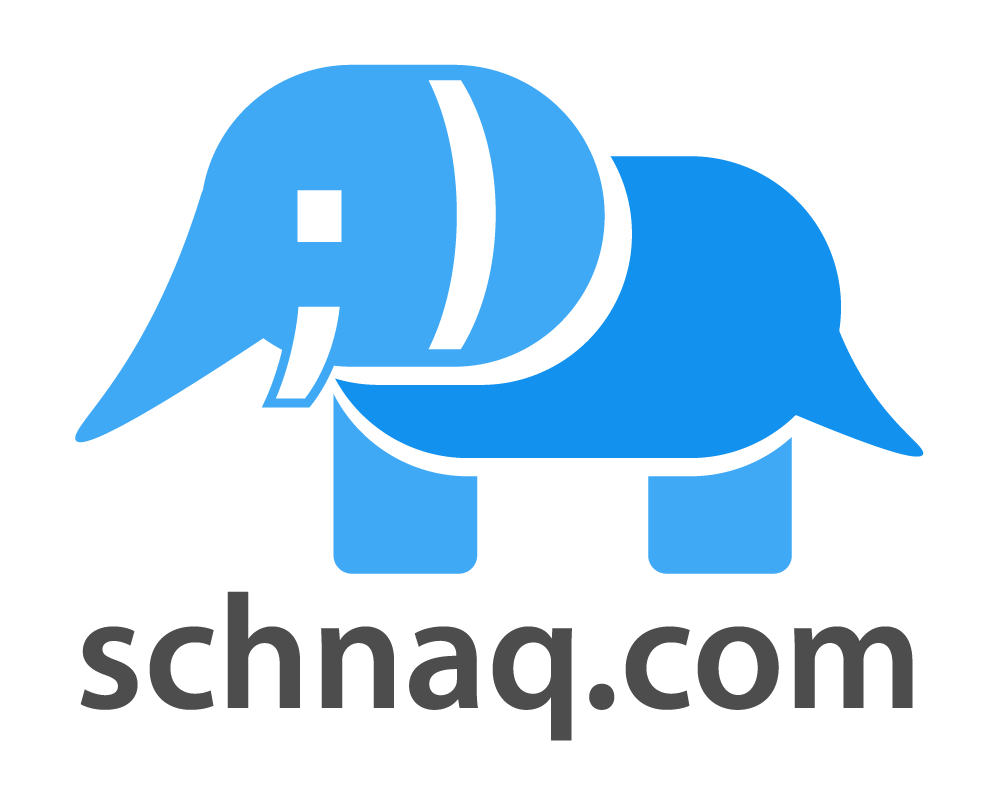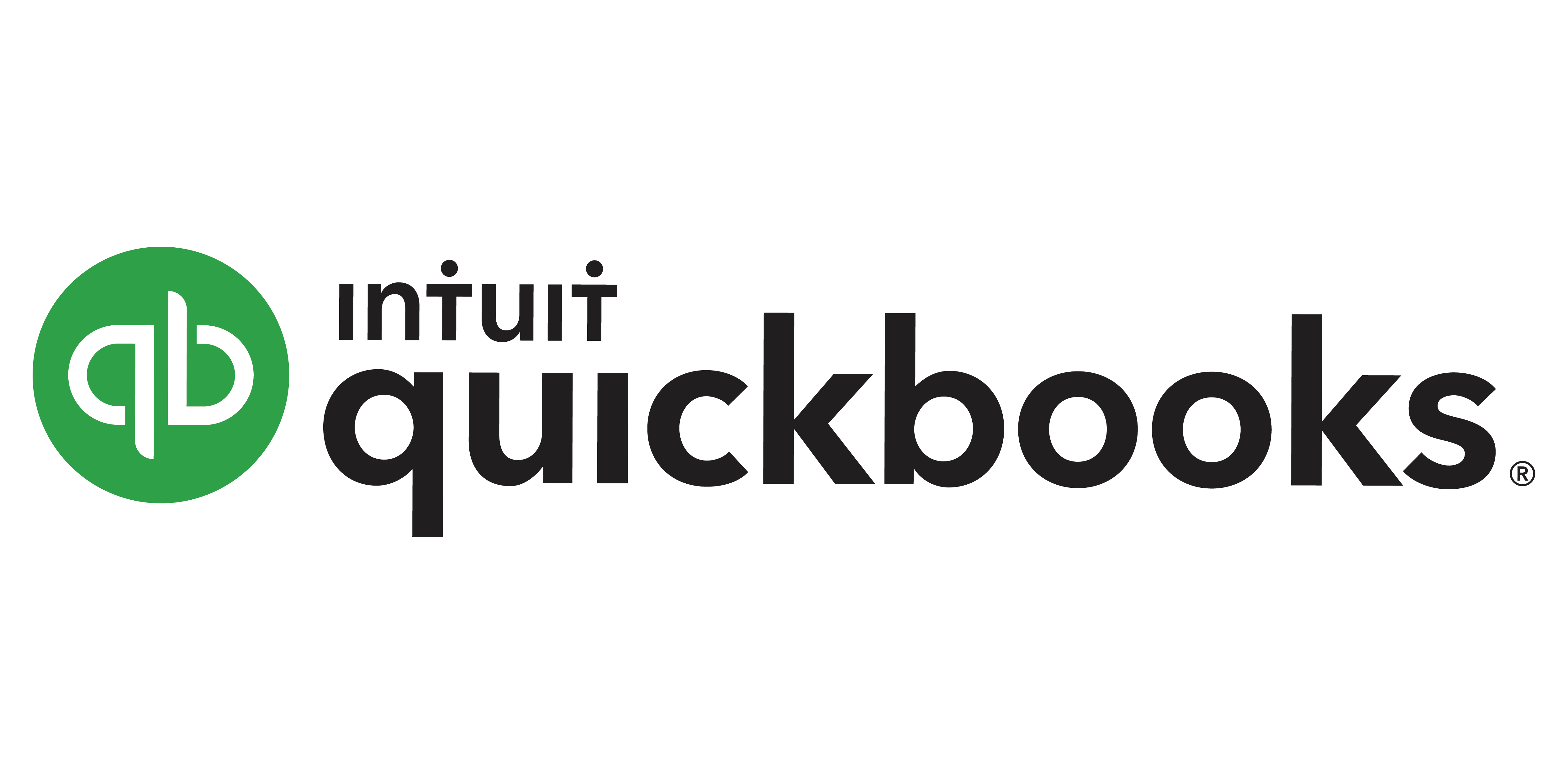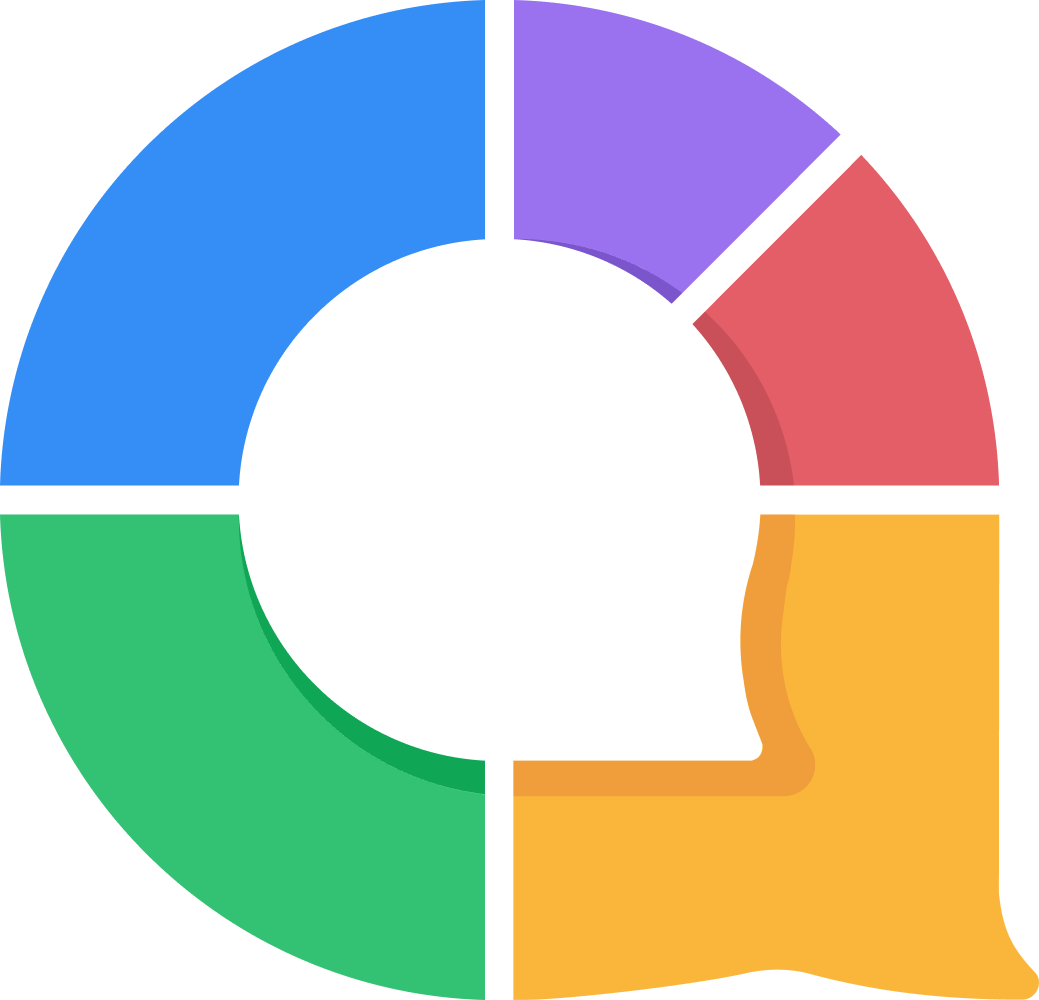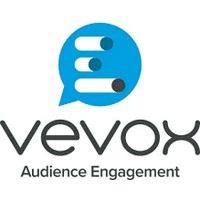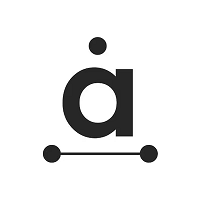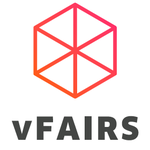What Is Audience Response Software?
Audience Response Software, commonly known as ARS or polling software, is an effective tool for engaging and interacting with audience members during presentations, meetings, conferences, and events. This unique program enables presenters to ask questions and receive real-time comments from their audiences via cellphones, tablets, laptops, or other devices.
One of the most notable features of Audience Response Software is its capacity to increase audience engagement and collaboration. Allowing audience members to give their replies anonymously or with their names allows presenters to create an inclusive and dynamic environment in which everyone's perspectives are acknowledged and valued. Furthermore, Audience Response Software provides a variety of question forms, including multiple-choice, open-ended, rating scales, and others, to meet various presenting requirements.
In addition, presenters can design unique polls and surveys to acquire useful data and insights from their audience, which will help them make better decisions. Apart from audience participation, Audience Response Software provides useful features such as live polling, Q&A sessions, real-time feedback, and analytics. These features not only make presentations more engaging, but they also enable presenters to tailor their material and delivery based on audience input and interests.
What Are The Recent Trends In Audience Response Software?
In recent years, audience response software has grown in popularity in a variety of areas, including events and conferences, classrooms, and corporate meetings. As technology advances, audience response software's features and capacities expand.
In this section, we will cover recent trends in audience response software that purchasers should consider when making a purchase choice.
1. Mobile-Friendly Solutions: One notable development in audience response software is the move toward mobile-friendly solutions. With the majority of people possessing smartphones, event organizers and presenters are increasingly using audience response software that is available via mobile devices. This enables participants to participate to polls, surveys, and quizzes on their own devices, avoiding the need for costly clickers or other hardware.
2. Integration With Other Technologies: Another trend in audience response software is the integration of other technologies, such as social media and presentation tools. This provides a more participatory and engaging experience for both the presenter and the audience. Attendees, for example, can use social media to contribute their replies or view real-time poll and survey results embedded in their presentation slides.
3. Real-Time Analysis and Reporting: Audience response software now provides real-time analytics and reporting, allowing presenters to rapidly assess audience involvement and comprehension. This capability also allows them to make data-driven judgments and tailor their presentations accordingly. Furthermore, post-event reports and data can be generated for further study and follow-up.
4. Personalization And Customization: Audience response software is no exception to today's trend of customisation. Many software suppliers include branding and design modification options, allowing organizers to make their polls, surveys, and quizzes more visually appealing and consistent with their corporate image. This improves the whole experience by making it more professional and individualized.
5. AI and ML Artificial intelligence (AI): and machine learning are transforming audience response software. This technology allows the software to analyze and categorize responses, yielding significant information about participant demographics and preferences. This information can then be utilized to generate more focused and relevant questions and polls, making the overall experience more personalized and engaging.
Benefits Of Using Audience Response Software
Audience Response Software (ARS) is a sophisticated technology that enables businesses and organizations to interact with their target audience in real time. This program allows presenters to collect real-time feedback, facilitate debates, and make data-driven decisions based on audience responses. In this buyer's guide, we'll go over the primary advantages of employing audience response software to help you make an informed purchase decision.
1. Increased Audience Engagement: One of the key advantages of ARS is its capacity to captivate an audience. Presenters can engage their audience in their presentation by employing live polls, quizzes, and surveys. This not only makes the session more fascinating, but it also helps to keep the audience's attention for a longer period.
2. Real-Time Feedback: ARS enables speakers to receive input from their audience in real time. This allows presenters to obtain immediate feedback on their content, presentations, and speakers. This feedback will allow them to make necessary adjustments during the event and improve future presentations.
3. Interactivity: Audience response software promotes interaction between presenter and audience. As the audience answers questions, the presenter can address their responses, offer follow-up questions, and facilitate debates. Such interactive workshops can lead to a better comprehension of the subject and improve audience retention.
4. Data-Driven Decision-Making: ARS allows presenters to collect and evaluate data based on audience responses. This information can be utilized to spot trends, get insights, and make data-driven decisions. This is especially beneficial for conducting market research, training sessions, and team-building exercises.
5. Enhanced learning Experience: ARS can also be employed in educational settings to improve learning outcomes. Teachers can increase the engagement of their courses and encourage active learning by integrating interactive components such as quizzes and games. This can result in improved memory retention and academic achievement.
6. Time-saving: ARS eliminates the need for handouts, manual voting, and data entry. The software automates these tasks, saving time and lowering the possibility of human error. This is especially useful for huge events with a large attendance.
7. Customizable and Versatile: One of the primary benefits of ARS is its flexibility and customization choices. The program can be modified to meet the specific requirements of various events and industries. From corporate meetings to academic lectures, ARS can be utilized in a variety of settings to effectively engage and obtain audience response.
Important Factors To Consider While Purchasing Audience Response Software?
When choosing audience response software, a few critical elements should be considered to guarantee you select the best solution for your requirements.
Here are some crucial variables to consider:
1. Compatibility: The primary consideration is compatibility. Make sure the program is compatible with the devices and systems you intend to use it on. This covers both hardware and software requirements.
2. Features and Functionality: Each audience response software has unique features and functionality. Consider your individual needs and select software that includes capabilities that meet those needs. Some software, for example, includes live polling, surveys, quizzes, and gamification features, but others may focus on real-time feedback and data collecting only.
3. Usability: The simplicity with which the software may be used is an important issue to consider. It should have a user-friendly interface and intuitive design to make it simple for both you and your audience to utilize. This will save time and prevent technical troubles during your presentations or events.
4. Pricing and Budget: As with any program, pricing is a crucial factor to consider. Determine your budget and choose software that fits within it. Remember that certain applications may charge more for extra features or a subscription model, so keep that in mind when comparing rates.
5. Accessibility and Scalability: Select software that is easily adaptable to the size and needs of your audience. If you intend to extend your audience or use the software for a variety of events, ensure that it is scalable and has the required functionality to support your growth.
6. Security and Privacy: With growing concern about data privacy and security, it's critical to select software with strong security mechanisms in place to secure your data and your audience's information. Look for software that meets industry standards and has features like encryption and data backup.
7. Customer Support: Another important consideration is the level of customer service given by the software provider. Make sure they provide dependable help, whether via email, live chat, or phone, in case you run into any problems or have queries about the product. When choosing audience response software, consider these crucial elements to make an informed purchase that meets your individual goals and expectations. Take the time to investigate and compare several options to determine which one is best for your firm.
What Are The Key Features To Look For In Audience Response Software?
When looking for the best audience response software for your purposes, there are a few crucial things to consider. These features will not only improve your audience's experience, but will also make your job as a presenter or event organizer simpler and more efficient.
Here are the key elements to look for in audience response software:
1. Compatibility: First and foremost, make sure that the software works with the devices and platforms that your target audience will be utilizing. This applies to mobile devices, laptops, tablets, and operating systems. Cloud-based software is frequently the most versatile, as it can be accessed from any device with an internet connection.
2. User-Friendly Interface: You don't want your viewers having trouble accessing the software. Look for a simple, visually appealing, and intuitive user interface. This will facilitate your audience's participation and engagement with the content.
3. Real-time Data Collection And Analytics: One of the most significant advantages of audience response software is its capacity to collect real-time data and analytics. Look for tools that can give you immediate data on audience responses, voting outcomes, and other indicators. This will help you to tailor your presentations and gain useful information.
4. Interactive Features: Ensure that the software has interactive elements like live polling, Q&A sessions, and gamification. These elements will not only improve the engagement of your presentations, but will also keep your audience interested and invested in the topic.
5. Customization Options: Because each event and presentation is unique, the software should be customizable to meet your individual requirements. Look for software that lets you create bespoke surveys, polls, and quizzes, as well as modify the branding and visuals.
6. Integration with Other Tools: Audience response software should not be used in isolation. Look for software that is compatible with other popular tools and platforms, such as PowerPoint, Zoom, and Eventbrite. This will shorten the process and make it easier to incorporate audience feedback into your presentations and events.
7. Security and Privacy Measures: When working with audience data and information, security and privacy are critical. To safeguard the safety of your audience's information, use software that includes secure data encryption, user authentication, and data security procedures. With these crucial aspects in mind, you may select audience response software that matches your specific demands and expectations. When making your decision, consider the sort of event, the demographics of the audience, and the budget. With the appropriate tools, you can provide a memorable and engaging experience for your audience while also gaining vital insights and data.
Why Do Businesses Need Audience Response Software?
Businesses use audience response software because it enables them to communicate and interact with their customers in a more efficient and effective manner. This program allows businesses to solicit real-time feedback, thoughts, and votes from their audiences during presentations, meetings, or events. This not only enhances the audience's experience, but it also gives crucial business insights.
One of the primary advantages of crowd response software is its capacity to boost audience engagement. Businesses can encourage their audiences to actively participate and share their ideas by incorporating elements such as live polling, surveys, and quizzes. This allows for more interactive and two-way communication between the presenter and the audience, resulting in a more engaging and memorable experience.
Furthermore, audience response software enables firms to collect useful data and insights from their audience. This information can be utilized to make sound judgments, develop products or services, and gain a deeper understanding of the target audience's requirements and preferences. It also allows organizations to monitor audience involvement and evaluate the effectiveness of their presentations, events, or meetings.
In addition to audience involvement and data collecting, audience response software provides capabilities like audience segmentation, which allows organizations to categorize their audience based on demographics, interests, or replies. This helps to send tailored and individualized information to each segment, boosting the message's relevancy and impact.
Furthermore, audience response software improves engagement by include interactive components like live Q&A sessions, gamification, and social media integration. These features not only keep the audience interested and engaged, but they also help businesses reach a larger audience via various social media platforms. Another important consideration is the ease of use and convenience that comes with audience response software.
It eliminates the need for traditional audience interaction techniques such as hand raising or passing out paper questionnaires. This saves time and effort while also providing a more seamless and professional experience for both the presenter and the audience. To summarize, audience response software is a valuable tool for businesses because it allows them to provide a more engaging, dynamic, and data-driven experience for their audience. This program provides a variety of benefits that can significantly contribute to a business's success, including increased involvement and important insights, as well as improved audience engagement and convenience.
How Much Time Is Required to Implement Audience Response Software?
The time required to implement audience response software varies based on various aspects, including the size of the event, the software's complexity, and the level of customization necessary. In general, it can take anywhere from a few minutes to a few weeks to fully implement audience response software, although most installations can be accomplished in a matter of hours.
For small to medium-sized events, the setup time might be as short as 10-15 minutes. This includes downloading the program, creating user accounts, and conducting the appropriate surveys or polls. Most audience response software has simple templates and drag-and-drop functionality, which speeds up the setup process. However, for larger events with more attendees and more complicated features, the implementation process may take several days or even weeks.
This involves modifying the program to meet the event's specific requirements, creating multiple user accounts, and implementing advanced features like live polls, quizzes, and Q&A sessions. Some audience response software suppliers additionally give training and support to help users become acquainted with the product and realize its full potential.
This can add a few hours or days to the implementation process, depending on the user's familiarity with technology and the software's capabilities. In summary, the time necessary to implement audience response software can vary from a few minutes to a few weeks, depending on the event's size and complexity, as well as the level of customization and training required. However, with user-friendly features and software provider support, the setup process can be simple and straightforward.
What Is The Level of Customization Available In Audience Response Software?
Audience response software provides varying levels of customisation to meet the individual demands of each user. This includes customizing question kinds, visual aspects, the user interface, and data analysis. One of the most important parts of audience response software modification is the ability to design several question formats, including multiple choice, open-ended, and ranking questions.
This enables purchasers to customize the questions for their individual event or audience. Furthermore, most audience response software allows users to customize visual components such as branding and design. This allows purchasers to add their brand logo and colors, resulting in a more personalized experience for their target audience. Customizing the user interface is another significant factor to consider.
Buyers can select the layout, typeface, and color scheme that best fits their event and audience. Some software even allows you to develop an entirely bespoke user interface from scratch. Furthermore, audience response software enables for specialized data analysis. This implies that buyers can specify which data points to track and analyze, as well as how to present the data in visually appealing reports.
When deciding on audience response software, customers should carefully examine the extent of customisation required. Determine the precise customization features required for your event or group, and then select software that provides the appropriate level of customization to satisfy those demands.
Which Industries Can Benefit the Most From Audience Response Software?
Audience Response Software (ARS) is a powerful tool that enables presenters, trainers, and event organizers to engage and communicate with their audiences in a smooth and efficient manner. This software may be utilized in a wide range of businesses and offers several advantages that can improve the overall experience for both the presenter and the audience.
The following sectors can benefit the most from audience response software:
1. Education and Training: ARS can make traditional lectures and training sessions more dynamic and interesting. It enables trainers to collect real-time feedback, administer quizzes, and encourage active involvement, resulting in an effective learning environment.
2. Corporate Events: Whether it's a company-wide conference, a team-building session, or a product launch, ARS can lend some excitement and engagement to these occasions. Polling, questionnaires, and Q&A sessions can be utilized to elicit valuable feedback from attendees, making the event more participatory and meaningful.
3. Medical and Healthcare: ARS is rapidly being used in the healthcare industry to promote patient involvement, collect feedback, and undertake assessments. It is also suitable for staff training and continuing medical education (CME) sessions.
4. Market Research: ARS provides a convenient and cost-effective method for doing market research and gathering customer insights. The program enables real-time polling and feedback, yielding more accurate and dependable data.
5. Government and Non-profit: ARS can be extremely useful in town halls, public meetings, and community events hosted by government agencies and non-profit organizations. It encourages audience participation and allows for the rapid collection of feedback and opinions.
6. Event and Conference Management: ARS can improve guests' overall experience at events and conferences by facilitating easy registration, feedback gathering, and networking possibilities.
Conclusion
In conclusion, selecting the best audience response software for your firm necessitates extensive research and consideration of a variety of variables. By following the steps provided in this buyer's guide, you will be able to confidently traverse the selection process and make informed decisions. First and foremost, you must determine your precise aims and objectives for employing audience response software.
This will help you limit down your alternatives and choose a platform that matches your specific requirements. Second, compare the features and functionalities provided by various software options. Prioritize the most crucial features for your firm and compare them across software suppliers. Next, consider the software's user interface and usability.
A user-friendly platform is essential for effective audience engagement and involvement. Consider the software's entire cost and price structure, including any additional payments for features or support services. It is critical to strike a balance between the expense and the value that software provides. Furthermore, read reviews and solicit feedback from other users to get a better understanding of the software's performance, dependability, and customer support.
Finally, before making a final decision, request demos or free trials from potential software vendors to experience the platform and its features firsthand. By carefully examining these aspects and following the procedures provided in this buyer's guide, you can be confident in choosing the audience response software that best meets your organization's needs and objectives. Thank you for using this information, and best wishes in your search for the best audience response software.






